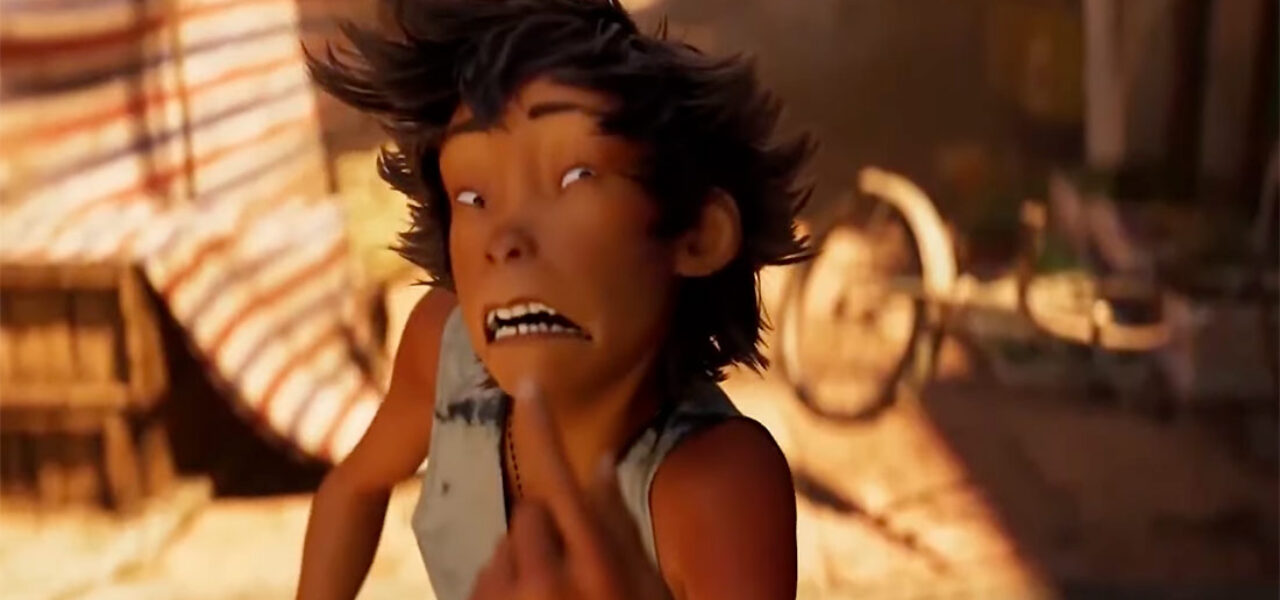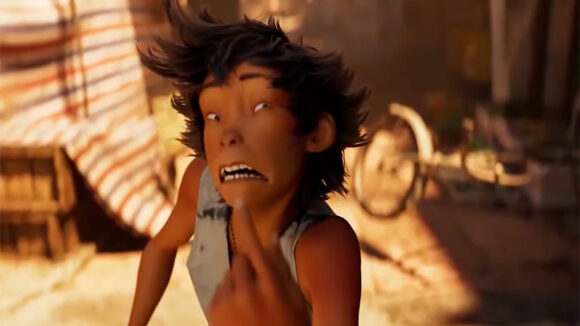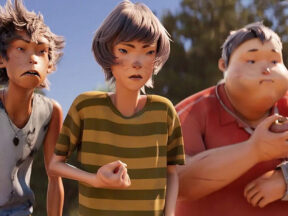

Controversial Indie Feature ‘I Am What I Am’ Is Most Popular Chinese Film Of New Year Period
Many Chinese animated features now do well at the local box office. Far fewer elicit strong reactions that make headlines across the country and beyond.
That’s what I Am What I Am (also known as Lion Dance Boy) has managed. Despite a controversy over its character design, the film was the most popular of the year-end and new year period, according to a survey co-conducted by the China Film Art Research Center. It scored 85.6 out of 100 points, beating live-action box-office hits like crime thriller Fireflies in the Sun and Covid tearjerker Embrace Again.
According to state news agency Xinhua, the survey “adopts onsite sampling surveys at theaters, online surveys of film industry workers and experts, and big data analysis” to evaluate Chinese films in terms of “artistic depiction quality, cultural values, and popularity.”
The animated film’s success in the survey is mirrored in its high user scores on film reviewing platforms Douban and Maoyan: 8.3 and 9.4, respectively. According to Entgroup, its gross to date is Usd$34.6 million — a respectable showing for a local animated title.
After its release in mid-December, I Am What I Am was condemned by some in China, who argued that the small eyes of its characters — unusual for Chinese cg animation — reflects a kind of internalized racism. “This is how Chinese people were exaggeratedly portrayed during the colonial period. We’ve been discriminated against for so long that this doesn’t look so strange to some people,” read one Weibo user comment.
Others defended the film. Its producer Miao Zhang told nationalistic Chinese tabloid The Global Times that the idea was to break away from the influence of Japanese and American animation, where large eyes are common, and aim for a realistic style.
Directed by Haipeng Sun, I Am What I Am revolves around three teenagers from Guangdong province who set out to master the traditional lion dance. The setting is the real-world China of today, which sets the film apart from most Chinese animated hits of recent years, works of high fantasy steeped in mythology.
Paraphrasing Rao Shuguang, president of the China Film Critics Association, Xinhua noted that “the ‘down-to-earth’ film signals a change of direction in Chinese animated filmmaking. It draws inspiration from ordinary people struggling to make miracles happen in daily life instead of gods in mythology stories.”
The film played at L.A.’s Animation Is Film festival last year. No U.S. distributor has been announced.

.png)
